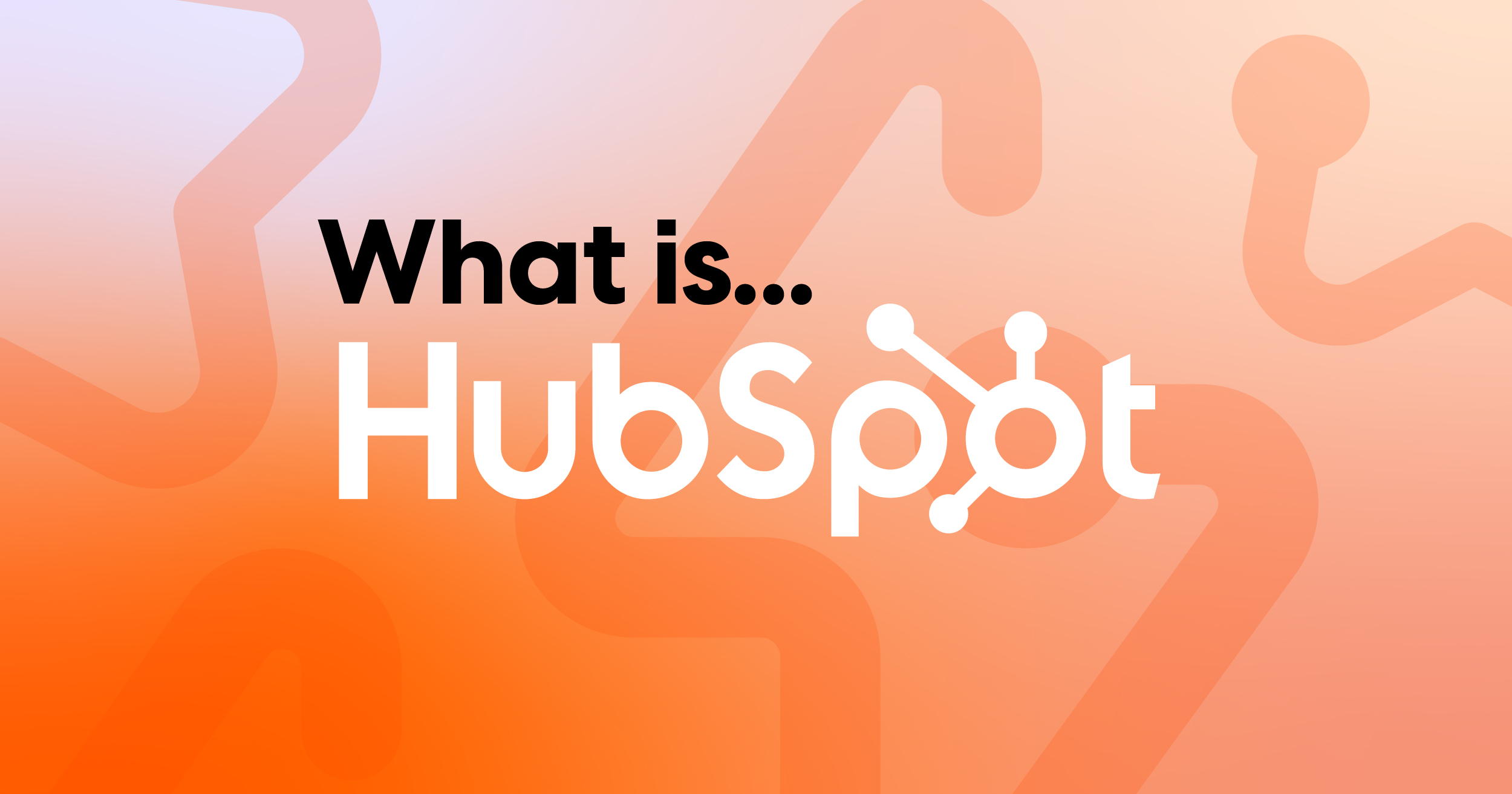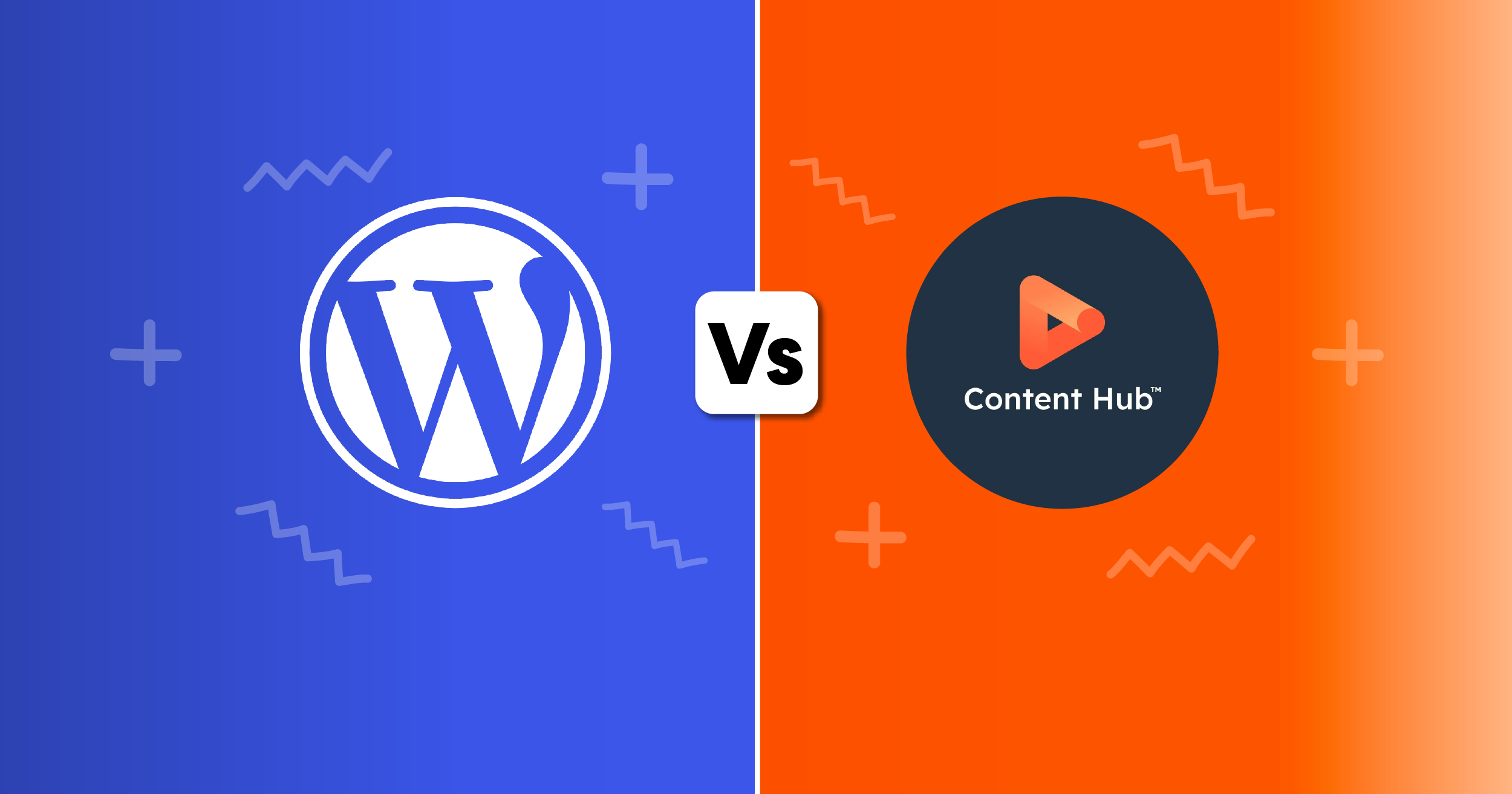
The Ins and Outs of A/B Testing
A/B testing or split testing is comparing two versions of a web page, social campaign or any piece of marketing material to see which one performs better. Alterations to copy, visuals, placement of certain elements, call to action, layout and design can all be changed and tested on particular audiences. To get your results, you need to show each variant to a similar audience at the same time. Split testing software exists that easily measures the conversion rate on each page and the strengths and weaknesses in user experience across the whole site, there is similar software that exists for social media campaigns. Keep reading to discover the benefits of A/B testing in your marketing efforts and how to implement it yourself.
Measurable Goals and ROI
The purpose of a website for any business is to create a conversion relevant to their particular goals. The rate at which a website is able to do this is called a "conversion rate". The tools available to us allow us to track and measure the conversion rate quite easily, and also see where traffic to a website is coming from, which is important data for marketing and SEO efforts.
The A/B Testing Process
The process for an A/B testing experiment should follow these steps:
1.Review Your Data: We use website analytics tool, Google Analytics to find out where the problem lies in the conversion rate. For example, start by identifying the pages with the highest bounce rate. A bounce rate is the amount of time a user views a particular webpage before leaving or clicking away.
2. Observe your Users: Almost like a Big Brother, you can watch people on your website and map their behaviours with particular software, we use one called Lucky Orange. You can see exactly what is stopping visitors from converting. For example, “The Buy Now button is not easy to find on the page”.
3. Construct a Hypothesis: With the insights from visitor behaviour and mapping tools, build a hypothesis aimed at increasing conversions. For example, “Changing the location of the Buy Now button will increase conversions.”
4. Test your Hypothesis: Create a different hypothesis, and A/B test it against the original page.
5. Analyze Test Data and Draw Conclusions: Analyze your results, and see which variation delivered the highest conversions. If there is a clear winner among the variations, go ahead with its implementation. If the test remains inconclusive, go back to step number three and rework your hypothesis.
6. Get everyone in the loop: Let others in your company, or in our case marketing, IT, and UI/UX know of the test results and the insights generated and get a plan in place to rectify.
A/B Testing in Social Media
You can A/B test any Social Media campaign by creating different variations and testing with different variables. For Facebook, your A/B test would consist of different versions of the campaign with different custom audiences and different locations to determine which one generates the best results according to your KPI’s or goals for that specific campaign.
If you want to find out more about what we do here at Modern Visual, or how we can help you maximise conversions on your website or with Social Media, contact us on reach@modernvisual.com.au
Don't stop now. Keep learning
 What is HubSpot? A Complete Guide for Enterprise Businesses
If you’ve ever felt like your marketing, sales and service tools are scattered across too many...
What is HubSpot? A Complete Guide for Enterprise Businesses
If you’ve ever felt like your marketing, sales and service tools are scattered across too many...
 How to clean data in Excel before Switching CRMs
Excel can be a powerful tool for cleaning data before migrating to a CRM system. Many businesses...
How to clean data in Excel before Switching CRMs
Excel can be a powerful tool for cleaning data before migrating to a CRM system. Many businesses...
 WordPress vs Content Hub (HubSpot)
How to pick the right platform for your business: Both WordPress and Content Hub are powerful...
WordPress vs Content Hub (HubSpot)
How to pick the right platform for your business: Both WordPress and Content Hub are powerful...

